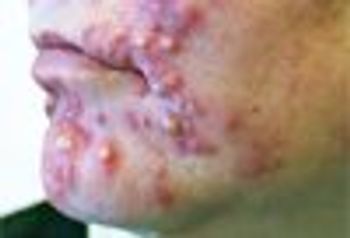
More than a third of children taking dietary supplements failed to meet intake recommendations for calcium and vitamin D, a new study reports. Supplementation also raised the likelihood of excess intake of other micronutrients. Which nutrients were above recommended dietary levels? More >>


